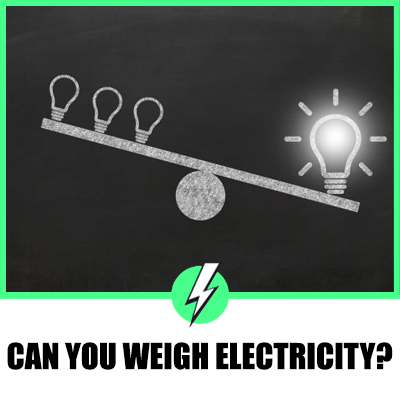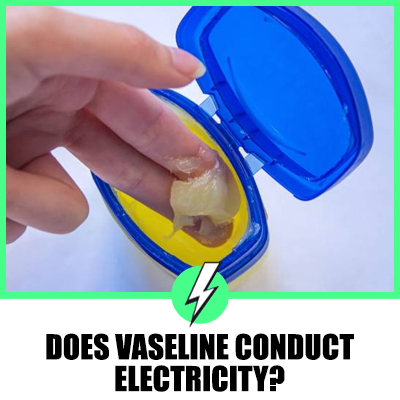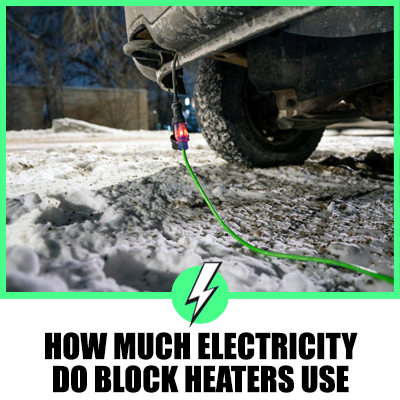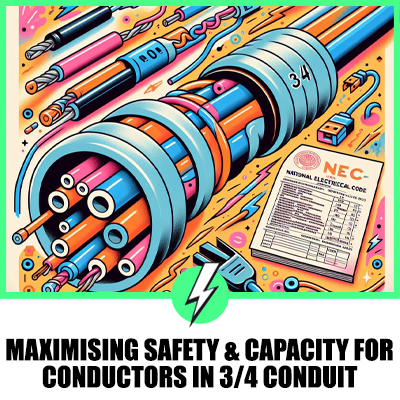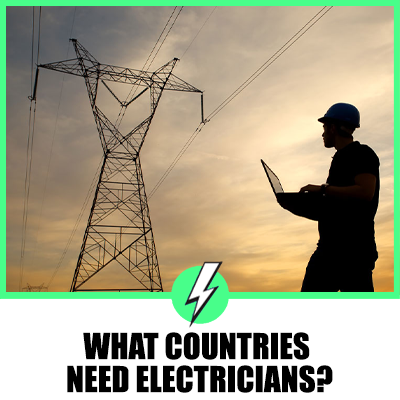Why Does Electricity Return to Its Source? A Comprehensive Guide for UK and US Audiences
Electricity is a fundamental part of our daily lives.
It powers everything from our homes to our cars.
But have you ever wondered why electricity needs to return to its source?
This article will delve into this fascinating topic, answering key questions and providing insights from online discussions.
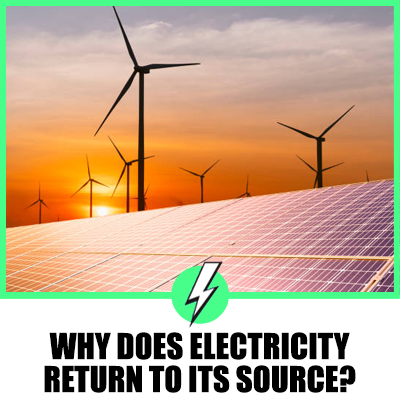
Contents
Why Does Electricity Need to Return to the Source?
Electricity, or electric current, is the flow of electric charge.
This flow is typically carried by moving electrons in a conductor.
The movement of these electrons is driven by a force known as electromotive force (EMF), which is provided by a power source such as a battery or generator.
The power source creates a potential difference or voltage across its terminals.
This voltage pushes the electrons, causing them to move from the negative terminal (where there is an excess of electrons) to the positive terminal (where there is a deficiency of electrons).
This movement of electrons constitutes the electric current.
But why does this current need to return to its source?
The answer lies in the principle of charge conservation.
This principle states that electric charge can neither be created nor destroyed.
Therefore, for every electron that leaves the power source, another electron must return to maintain the balance of charge.
This is why electric current must have a return path to its source.
Does Electricity Always Go Back to the Source?
In a closed circuit, yes, electricity always returns to its source.
This is because a closed circuit provides a continuous, unbroken path for the electric current.
If the circuit is broken or open, the current cannot flow, and it will not return to its source.
However, it’s important to note that the return path may not always be the same as the outgoing path, especially in complex circuits.
The current will take all available paths in proportion to their conductance (the inverse of resistance).
The majority of the current will follow the path of least resistance.
Why Does a Circuit Need a Return Path?
A circuit needs a return path to allow the electric current to flow.
This is because electric current is a flow of electric charge, and this flow needs a complete, closed loop to occur.
If there is no return path, the circuit is open, and no current can flow.
This is similar to a water pump in a closed loop of pipe: the water can only circulate if it has a path to return to the pump.
What is the Return Path of Electricity?
The return path of electricity is the path that the electric current takes to return to its source.
In a simple direct current (DC) circuit, this would be the path from the load back to the negative terminal of the power source.
In an alternating current (AC) circuit, the situation is a bit more complex due to the changing direction of the current.
However, the principle remains the same: the return path is the path that the current takes to return to its source.
Insights from Online Discussions
Online discussions on platforms like Quora, Reddit, and various forums provide valuable insights into this topic.
Many users highlight the importance of Kirchhoff’s laws in understanding why current returns to its source.
These laws state that the sum of currents entering a junction must equal the sum leaving it, and the sum of the voltage gains and drops in a loop must equal zero.
These laws essentially enforce charge conservation in a circuit.
Other users emphasize the role of resistance in determining the path of current.
The current will take all available paths, but more will flow through paths with lower resistance.
This is why the neutral wire, which is designed to have low resistance, carries most of the return current in a power system.
In conclusion, the return of electricity to its source is a fundamental aspect of electrical circuits, grounded in the principles of electromotive force, charge conservation, and resistance.
Understanding this concept is crucial for anyone studying or working with electricity.
Thanks for reading. Goodbye and see you next time!
